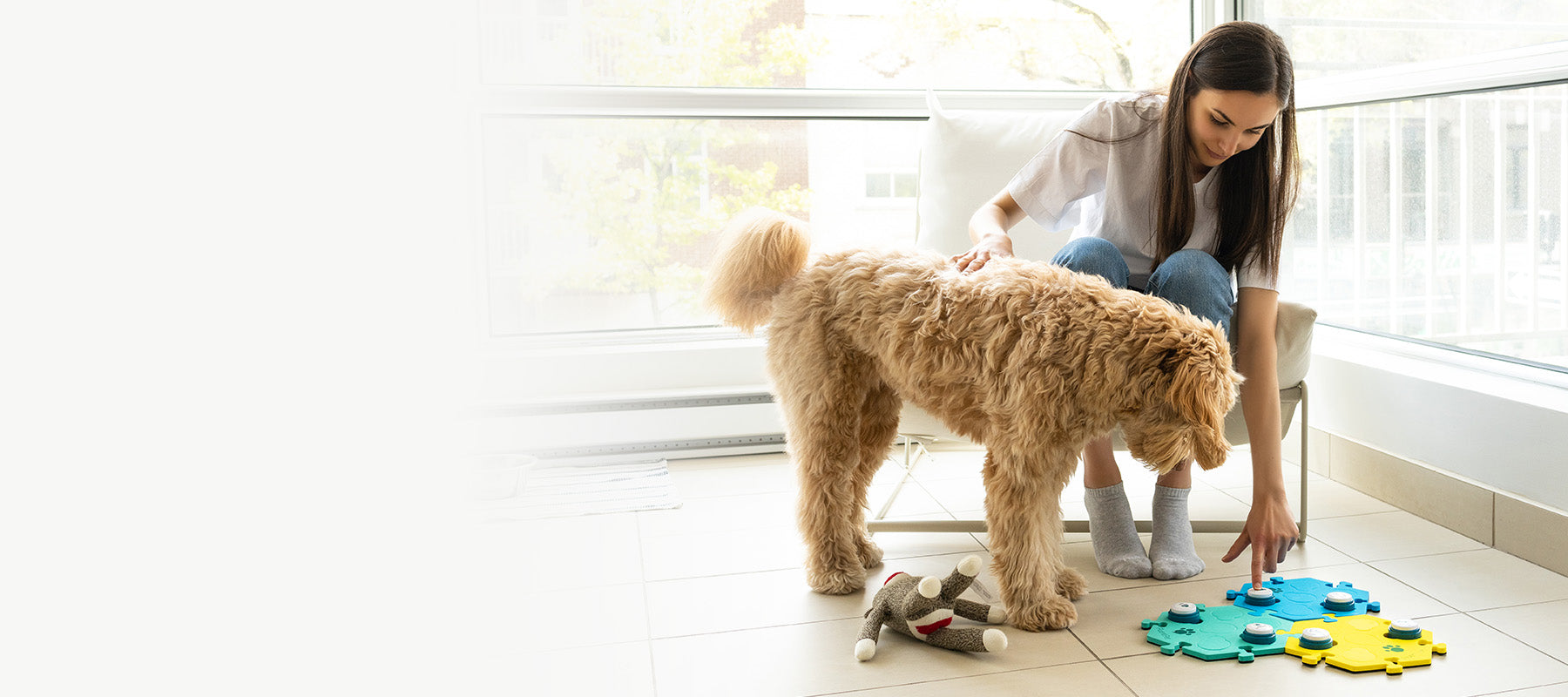Teaching your dog to “speak” or bark on command is a fun and easy trick that can also be practical. Not only does it provide mental stimulation for your dog, but it can also serve as a useful behavior in situations where you need your dog to alert you or deter strangers. Whether you want to impress friends or make communication with your dog more effective, training them to bark when you ask is a great trick to master.
Step 1: Gather the Right Training Tools
Before you begin training, make sure you have everything you need. Here are some essential items:
- Treats or Rewards – Use your dog’s favorite treat to reinforce the behavior.
- Clicker (Optional) – If you use clicker training, this can be a great way to mark the correct behavior.
- Patience and a Positive Attitude – Training should be fun and stress-free for both you and your dog.
Step 2: Choose the Right Environment
Find a quiet, distraction-free area where you can train your dog. This will help keep them focused on learning rather than getting distracted by their surroundings. As your dog gets better at the trick, you can start practicing in different locations with more distractions.
Step 3: Get Your Dog to Bark Naturally
Before you can teach your dog to bark on command, you need to identify what naturally triggers them to bark. Here are some common ways to encourage a bark:
- Excitement – Some dogs bark when they are excited. Try waving a favorite toy or engaging in play to see if your dog barks.
- Knocking on the Door – Many dogs bark when they hear someone knocking. Try knocking on a surface and rewarding your dog if they bark.
- Acting Excited or Making Noise – Some dogs respond by barking if you clap your hands, whistle, or speak in an excited tone.
- Showing a Favorite Treat – If your dog gets excited about treats, hold one and see if they bark in anticipation.
When your dog naturally barks in response to one of these triggers, be ready to immediately praise them and reward them with a treat.
Step 4: Introduce the “Speak” Command
Once you have identified a way to make your dog bark, it’s time to add a verbal cue. Follow these steps:
- Trigger the Bark – Use the method that reliably gets your dog to bark.
- Say “Speak” – Just as your dog starts barking, say the command “Speak” in a clear and firm voice.
- Reward Immediately – As soon as they bark, praise them and give them a treat. You can also use a clicker if you are using clicker training.
- Repeat the Process – Continue this process several times, so your dog begins to associate the word “Speak” with the action of barking.
Step 5: Reinforce and Practice
Repetition is key when training any trick. Practice multiple short training sessions each day, but keep them fun and positive. If your dog seems confused or uninterested, take a break and try again later.
As your dog begins to understand the command, start reducing the use of the trigger and simply give the “Speak” command. With consistent practice, your dog will learn to bark when they hear the word alone.
Step 6: Teach the “Quiet” Command (Optional but Recommended)
Once your dog learns to bark on command, it’s equally important to teach them to be quiet when asked. To do this:
- Ask Your Dog to Speak – Get them to bark on command.
- Say “Quiet” – Once they have barked a few times, say “Quiet” in a calm but firm voice.
- Reward When They Stop – The moment they stop barking, give them a treat and praise them.
- Repeat Until Learned – Practice consistently until your dog responds reliably to both “Speak” and “Quiet.”
Tips for Success
- Be Patient – Some dogs pick up new tricks quickly, while others take time. Be consistent and patient.
- Keep Sessions Short – Training should be fun, not frustrating. Keep sessions around 5–10 minutes to maintain your dog’s interest.
- Use High-Value Treats – If your dog isn’t motivated, try using special treats they don’t get often.
- Practice in Different Environments – Once your dog learns the trick in a quiet place, practice it in different locations to reinforce the command.
Conclusion
Teaching your dog to bark on command is a simple but rewarding trick that strengthens your bond with your pet. With patience, positive reinforcement, and consistent practice, your dog will soon be able to “speak” on command and even learn to quiet down when needed. Enjoy the process, and have fun training your furry friend!

